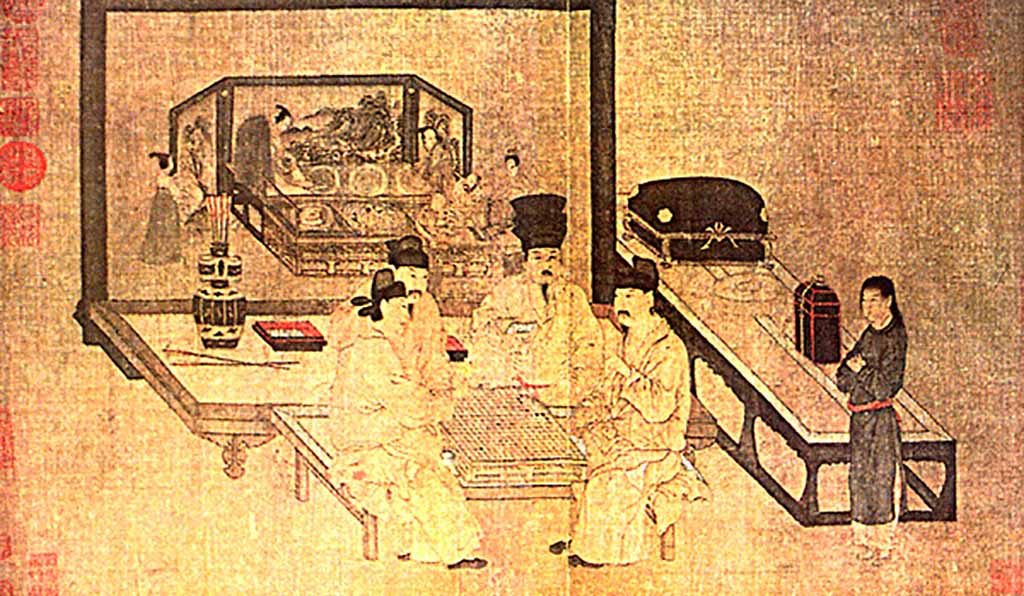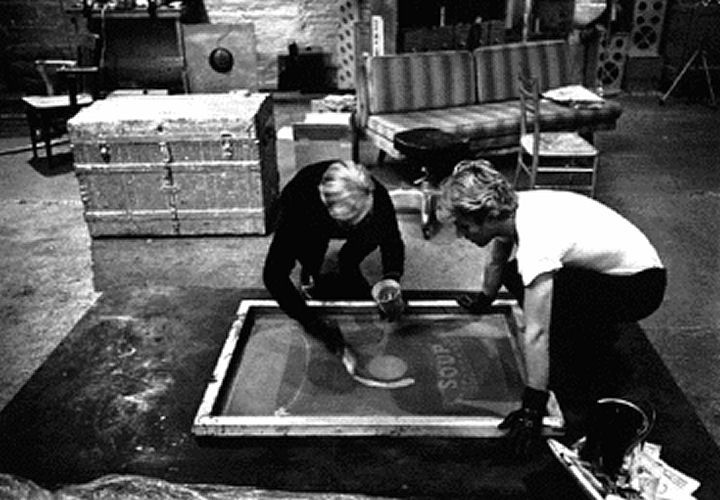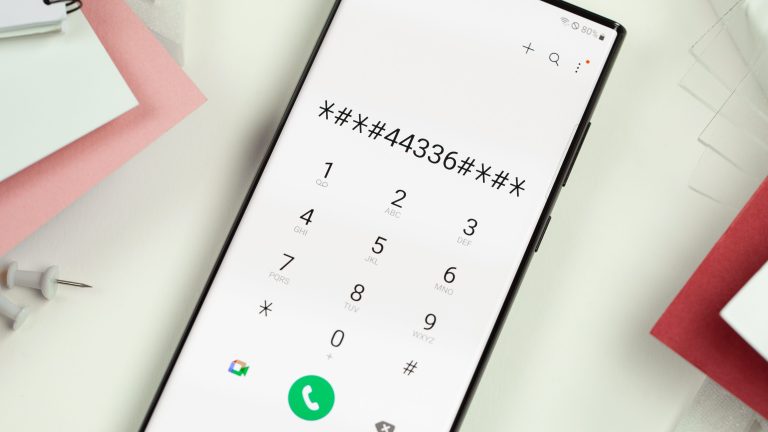
The Chinese were the first to initiate screen printing. During the Song Dynasty (960-1279), (960 – 1279). Other Asian countries updated the notion over time to suit their needs. Screen printing was first brought to Western Europe in the 18th century. The concept did not take off right away.
Screen printing mesh was invented by Japanese artisans using human hair. It wasn’t until silk was imported from Asia to make the screens that it began to gain popularity. France began stretching silk over frames in the 17th century. It was first used in factories to create wallpaper and textiles.
Screen printers began experimenting with various photo-reactive chemicals in the 1910s. The business was forever changed as a result of this achievement. The industry was introduced to photo-imaged stencils. To push and pull ink through the screens, squeegees were introduced.
The National Serigraph Society was founded by artists in the 1930s. This group distinguished between the industrial and artistic applications of screen printing. The Works Progress Administration (WPA) frequently employed screen printed posters to promote the construction of massive infrastructure projects in the United States. Artists began printing on paper in 1938, and the name “serigraphy” was born.

Screen printing became popular in the 1960s thanks to artists like Andy Warhol and Roy Lichtenstein, who popularized the technique. Andy Warhol’s iconic screen prints of Marily Monroe and Campbell’s Soup are well-known worldwide. Screen prints by Lichtenstein were influenced by comic strips. This was the height of screen printing’s popularity. Pop art ruled the art world, and was a big part of it. In 1967, the first rotatable screen printing machine was introduced. This machine was originally designed to print images on bowling shirts, but t-shirt companies immediately adopted it.



